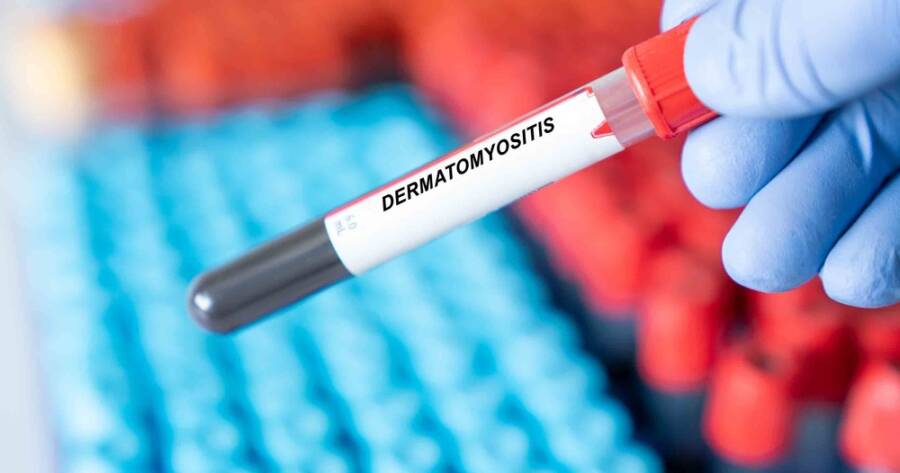Dermatomyositis is a rare inflammatory condition that affects muscles and skin, causing muscle weakness and distinctive rashes. This chronic condition can appear at any age, though it is more common in adults and children over five years old. Understanding its symptoms, potential causes, and available treatment options is essential for managing the condition effectively and improving quality of life for those affected. Early recognition often plays a key role in better outcomes.
Symptoms of Dermatomyositis
The primary signs of dermatomyositis include muscle weakness and skin changes. Muscle weakness often affects the neck, hips, back, and shoulders, making daily activities like rising from a chair or climbing stairs challenging. Skin manifestations may involve a red or purple rash on sun-exposed areas, such as the face, neck, and hands. Notably, a reddish or purplish discoloration of the upper eyelids, known as heliotrope rash, and scaly patches over the knuckles, elbows, knees, and toes, referred to as Gottron’s papules, are characteristic features.
Additional symptoms can include joint stiffness, difficulty swallowing, voice changes, fatigue, fever, and weight loss. In some cases, individuals may experience lung problems, leading to breathing difficulties and coughing.
Causes of Dermatomyositis
The exact cause of dermatomyositis remains unknown. Researchers believe it may result from an autoimmune response, where the body’s immune system mistakenly attacks its own tissues.
Potential triggers include genetic factors, infections, certain medications, or environmental exposures. In older adults, there is an association between dermatomyositis and certain types of cancer, suggesting that cancer may trigger the condition in some cases.
Diagnosis of Dermatomyositis
Diagnosing dermatomyositis involves a combination of clinical evaluation and diagnostic tests. Healthcare providers assess medical history and perform physical examinations to identify characteristic symptoms.
Blood tests are conducted to detect elevated muscle enzymes, indicating muscle inflammation, and to identify specific autoantibodies associated with the disease. Electromyography (EMG) may be used to assess electrical activity in muscles, while imaging studies like MRI can reveal areas of muscle inflammation. A definitive diagnosis often requires a skin or muscle biopsy, where a small tissue sample is examined under a microscope.
Treatment Options for Dermatomyositis
While there is no cure for dermatomyositis, various treatments can help manage symptoms and improve quality of life. Corticosteroids, such as prednisone, are commonly prescribed to reduce inflammation and suppress the immune response. In cases where corticosteroids are insufficient or cause significant side effects, immunosuppressive drugs like methotrexate or azathioprine may be utilized.
Physical therapy plays a crucial role in maintaining and improving muscle strength and flexibility. Customized exercise programs can help prevent muscle atrophy and enhance daily functioning. For skin symptoms, sun protection is essential. Patients are advised to avoid sun exposure and use high-SPF sunscreens to prevent rash exacerbation. Topical treatments, including corticosteroid creams, can alleviate skin inflammation and itching.
In severe or refractory cases, intravenous immunoglobulin (IVIG) therapy may be considered to modulate the immune system. Regular monitoring and follow-up with healthcare providers are vital to adjust treatment plans as needed and to manage potential complications.
Living with Dermatomyositis
Managing dermatomyositis requires a comprehensive approach that includes medical treatment, lifestyle modifications, and supportive care. Patients should work closely with a multidisciplinary healthcare team, including rheumatologists, dermatologists, physical therapists, and occupational therapists, to develop an individualized care plan.
Emotional support is also important, as living with a chronic condition can be challenging. Connecting with support groups or counseling services can provide valuable resources and coping strategies.
Early diagnosis and prompt treatment are crucial in improving outcomes for individuals with dermatomyositis. If you or someone you know is experiencing symptoms suggestive of this condition, it is important to seek medical attention for proper evaluation and management.





